Ever wished you could create perfume that takes you to the deepest recesses of your heart? Well, that is now a reality! Making your own favourite scent has become easily possible with available materials and a bit of inventiveness. The guide shows you how to make your own perfume, so that you can learn how it’s done in the fascinating world of DIY perfumery. Scenting is as easy as one, two and three- with some inspiration, essential oils and empty perfume bottles! Join us on this scented journey to unlock the magic of making your own individual fragrance.
Perfume Recipes- Spiced Rum Infused
There are a limitless number of options that can be found for your perfume making from essential oils. However, when it comes to what carries your chosen essential oils – their base – there are more unconventional paths to be traversed.
Spiced rum may not be an everyday choice for everyone but it offers an interesting way towards creating one’s personality or intriguing fragrance. This guide delves into the fascinating world of using spiced rum as a base for homemade essential oil perfume if you are ready for something out of the ordinary in your journey of DIY perfumery!

Tools needed
- Perfume bottles 30ml
- Three essential oils: Top, middle, base
- Glass droppers: One for each of the essential oils
Instructions
- There are 3 grades required in terms of oils which are top note, middle note and base note. First comes the top note then middle and finally the base. Different essential oils have different evaporation rates so one has to know each rate well in order to make good perfumes.
- Blend all together in an opaque bottle until you like their smell. Leave these ingredients alone in a bottle for some days to give time for mixing scents.
- Add alcohol; tighten cap.
- Shake well and put it away for at least 1 month in a cool dark place (not mandatory but helps to get rid of the alcohol smell leaving oils more pungent).
Ideal Note Composition
-
30% top notes - The first ones you smell
Basil, mint, sweet orange, grapefruit, rosemary, lavender and lime trees are aromatics producing the top note -
50% middle notes - The essence of the perfume itself
Middle note plants include black pepper, cardamom, bay leaves, fennel, geranium, chamomile and nutmeg -
20% base notes - The ones that make the middle scents last longer
Base note plants are cypress, ginger, pine, vanilla and sandalwood

Recipe 1- Secret Garden Citrus Twist
- 20 drops vanilla extract
- 15 drops Rose extract
- 15 drops Lavender extract
- 15 drops grapefruit extract
- 2 Tablespoons Spiced Rum
Breakdown of Ingredients
This perfume making recipe utilises spiced rum as the base and incorporates several extracts alongside essential oils. Here's a breakdown:
- Spiced Rum (2 Tablespoons): It serves as a perfume’s base, adding warmth and depth besides having mild hints of spice due its cinnamon, clove and nutmeg flavours.
- Vanilla Extract (20 drops): Though not an essential oil per se but rather an extract, vanilla extract gives off sweet comforting notes with slight gourmand character that might serve as middle note or simply a base depending on the strength of rum.
- Rose Extract (15 drops): Like vanilla essence, this is not an essential oil. Rose essence has a strong floral scent and may be used as middle notes.
- Lavender Extract (15 drops): Another brand of the extract, lavender can help calm down difficulties with slight herbaceousness, potentially as a middle note.
- Grapefruit Extract (15 drops): The fragrance of grapefruit is likely derived from a citrus, giving it a fresh and tangy character that ranks as a heady top note.
Note Composition
- Top Note: Grapefruit Extract
- Middle Notes: Rose Extract, Lavender Extract, Vanilla Extract (depending on rum's strength)
- Base Note: Vanilla Extract (depending on rum's strength), Spiced Rum
Why These Ingredients?
- Spiced Rum: This allows for an unconventional warm base that differentiates the perfume from traditional options.
- Vanilla Extract: It adds sweetness to it and can act as either middle or base notes depending on how strong the rum is thus making a harmonious blend.
- Rose and Lavender Extracts: Rose extracts are thought to bring out a “secret garden” feel, While lavender also contributes to its calming effect.
- Grapefruit Extract: As suggested by the recipe’s name, this provides a refreshing top note and a “citrus twist.”
Experimentation Considerations
- Extract Strength: Since extracts very often are stronger than essential oils, consider starting with fewer drops (e.g., 5-10) then adjust according to your desired intensity level.
- Alternative Extracts: Experiment with other floral or herbal extracts to personalise the middle notes.
- Essential Oil Substitutes: In replacement of unavailable extracts, search for real essential oils that fall in similar note categories. For instance, substituting rose extract with rose geranium essential oil obtains good results.
- Carrier Oil Option: Spiced rum forms the basis; however, add some carrier oil such as jojoba oil in order to dilute the extracts better and extend their shelf life at least for a while if possible.
Important Note: Extracts are generally not recommended for direct skin application due to their high concentration. When trying to create perfume, ensure proper dilution in a carrier oil before applying the perfume.

Recipe 2- Sugar Plum & Spiced Rum
- 65 drops Sugar Plum extract
- 2 Tablespoons Spiced Rum
Breakdown of Ingredients
This perfume making recipe utilises spiced rum as the base and features a single ingredient – Sugar Plum extract. Here's a breakdown of it:
- Spiced Rum (2 Tablespoons): This adds a base note to the fragrance with warm, deep and slightly spicy flavours of cinnamon, clove and nutmeg.
- Sugar Plum Extract (65 drops): This is most likely a blend available in stores that combines different essential oils and flavourings to imitate the aroma of sugared plum candy and more. However, its exact composition remains undisclosed.
Why These Ingredients?
- Spiced Rum: This choice provides a distinctive and warm foundation that enhances the sweetness of sugar plums.
- Sugar Plum Extract: It simplifies things by offering an easy route to obtain a multi-faceted candy like aroma.
Experimentation Considerations
- Sugar Plum Extract Strength: 65 drops are quite a lot. Begin with lesser drops (maybe 20-30) then increase gradually based on how strong the extract is and how much intensity you want it to have.
- Alternative Approach: If you have difficulty in finding sugar plum extract or if you want more control over your blend, consider making your own sugar-plum inspired combination using individual essential oils. Check out essential oils with citrusy, fruity, and sweet notes for similar profiles.
- Carrier Oil Option: To facilitate better dilution, longer shelf life, and possible smoother application; use any carrier oil such as jojoba oil but keep spiced rum as the base only.
Important Note: Sugar plum extracts are usually not used directly on the skin since they are highly concentrated. When trying to create perfume using sugar plum extract ensure proper dilution in a carrier oil prior to applying it.

Recipe 3- Herbal Perfume
- 12-20 drops total of Base Essential Oils like: Cedarwood, Vanilla, Vetiver, Ylang Ylang, Sandalwood, etc
- 1 teaspoon homemade vanilla extract (optional)
- 25-30 drops of middle tone oils like Rose, Lavender, Chamomile or Geranium
- 12-15 drops of top note oils like Bergamot, Wild Orange or Neroli
- 8 Tablespoons of Spiced Rum
Breakdown of Ingredients
This perfume making recipe offers more flexibility compared to the previous ones, featuring various essential oils categorised by note and spiced rum as the base. Here's a breakdown:
- Spiced Rum (8 Tablespoons): This forms a foundation for deeper notes such as warmth and subtle spices.
- Base Essential Oils (12-20 drops total): These could include Vanilla, Ylang Ylang, Cedarwood, Vetiver or Sandalwood, which are the foundation of the scent and linger for long.
- Cedarwood: Woody and grounding aroma.
- Vanilla: Sweet and comforting, potentially acting as a base note depending on the rum's strength.
- Vetiver: Earthy and smoky, offering a masculine touch.
- Ylang Ylang: Floral and slightly spicy, potentially acting as a base or middle note.
- Sandalwood: Creamy and woody, a classic base note.
- Optional Homemade Vanilla Extract (1 teaspoon): Adds sweetness and complexity- may be a middle note or base note depending on how strong the rum is.
- Middle Note Oils (25-30 drops): Choose from Rose, Lavender, Chamomile, or Geranium. These will form the heart of the fragrance.
- Rose: Classic floral note, offering elegance and romance.
- Lavender: Calming and slightly herbal, providing a balancing effect.
- Chamomile: Gentle and soothing, offering a calming and floral touch.
- Geranium: Floral with a slightly green nuance, a good alternative to rose.
- Top Note Oils (12-15 drops): Choose from Bergamot, Wild Orange, or Neroli. These create the first impression and will be the most noticeable initially.
- Bergamot: Refreshing and citrusy, offering a bright and uplifting top note.
- Wild Orange: Uplifting and zesty, providing a burst of citrus.
- Neroli: Sweet and floral with a citrusy edge, a delicate top note.
Why These Ingredients?
- Spiced Rum: This base offers a unique and warm foundation, setting the perfume apart from traditional options.
- Essential Oil Selection: This recipe allows for customisation by choosing base, middle, and top notes that suit your preference. You can create a variety of herbal scents based on your selection.
- Optional Vanilla Extract: Adds sweetness and complexity, potentially blending with the spiced rum for a richer base.
Experimentation Considerations
- Adjusting Ratios: You can play around within the suggested drop ranges for each category of notes to achieve your desired balance of scents. Start with less drops first then add more until you get what level you want.
- Base Oil Option: When you want to dilute the essential oils more effectively, extend the shelf life of this formula, and spread it in a much smoother manner, then think about replacing some spiced rum with carrier oil such as jojoba oil. This may be of particular importance when there are eight tablespoons of spiced rum because this is quite a lot.
- Alternative Spiced Rum: Why not use a neutral carrier oil instead of the strong flavoured spiced rum and add some drops of fragrance oil for a little bit of that spiced rum scent but without being overpowering.
When trying to create perfume, follow this breakdown and consider the experimentation options- you can personalise this recipe to create your own unique herbal perfume with a spiced rum twist!

Consider Potential Risks
When considering how to make your own perfume using essential oils, take note of what each ingredient can do—plant-derived essences can be very potent and some citrus essences (e.g. lime oil) may cause phototoxicity. Some herbaceous oils like peppermint, oregano, clove, thyme, jasmine and cinnamon among others are known to cause skin irritations and induce allergies. Essential oils may become sensitising or irritating when used inappropriately according to the International Fragrance Association (IFRA), therefore it is important to adhere to the ratios outlined in this article. Do not blindly believe that being natural implies being harmless.
If you use essential oils for a room spray that has a fragrance, understand that certain essential oils are dangerous for pets. Even though cats are at higher risk due to their inability to process phenol compounds present in some essential oils compared to dogs which are also affected by others, they can all be aggravated by some of these such as tea tree, cinnamon, clove aniseed etc. Moreover small mammals & rodents including rabbits & hamsters; birds could experience respiratory problems arising from inhaling essential oils.
General Tips and Storage Efficiency
Never forget about these tips while preparing the homemade fragrance so as not only make it easy but store it effectively. How-to’s for DIY Perfumes:
- It doesn’t need to be very posh but you should have a clean table or a desk at which it is easy to measure the needed ingredients.
- The key lies in the proportion, therefore while measuring and using precise quantities of all the necessary components, because dosage of any single component can slightly change aromatic notes of the perfume.
- Every perfume is like an expensive wine; it needs to rest and mature before reaching excellence.
- While making homemade perfumes, it’s best to use glass bottles because essential oil perfumes can dissolve plastic.


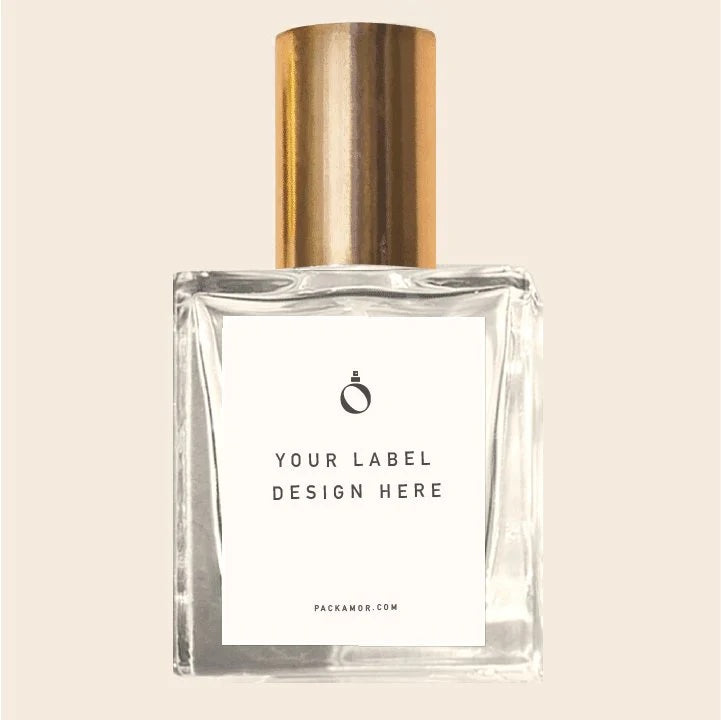
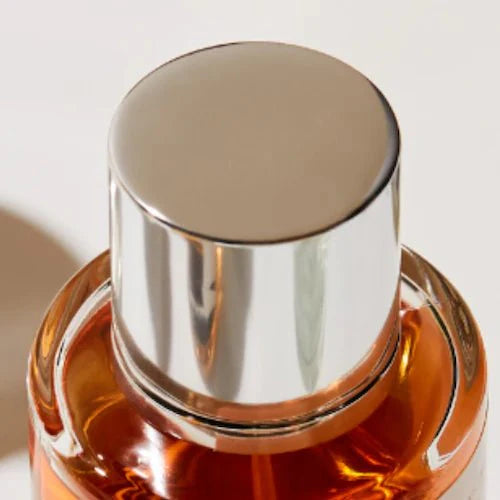
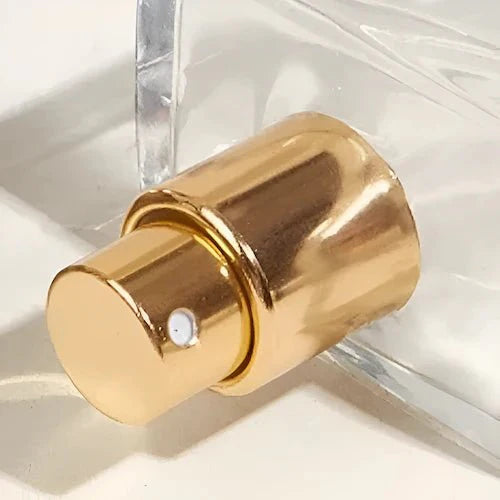
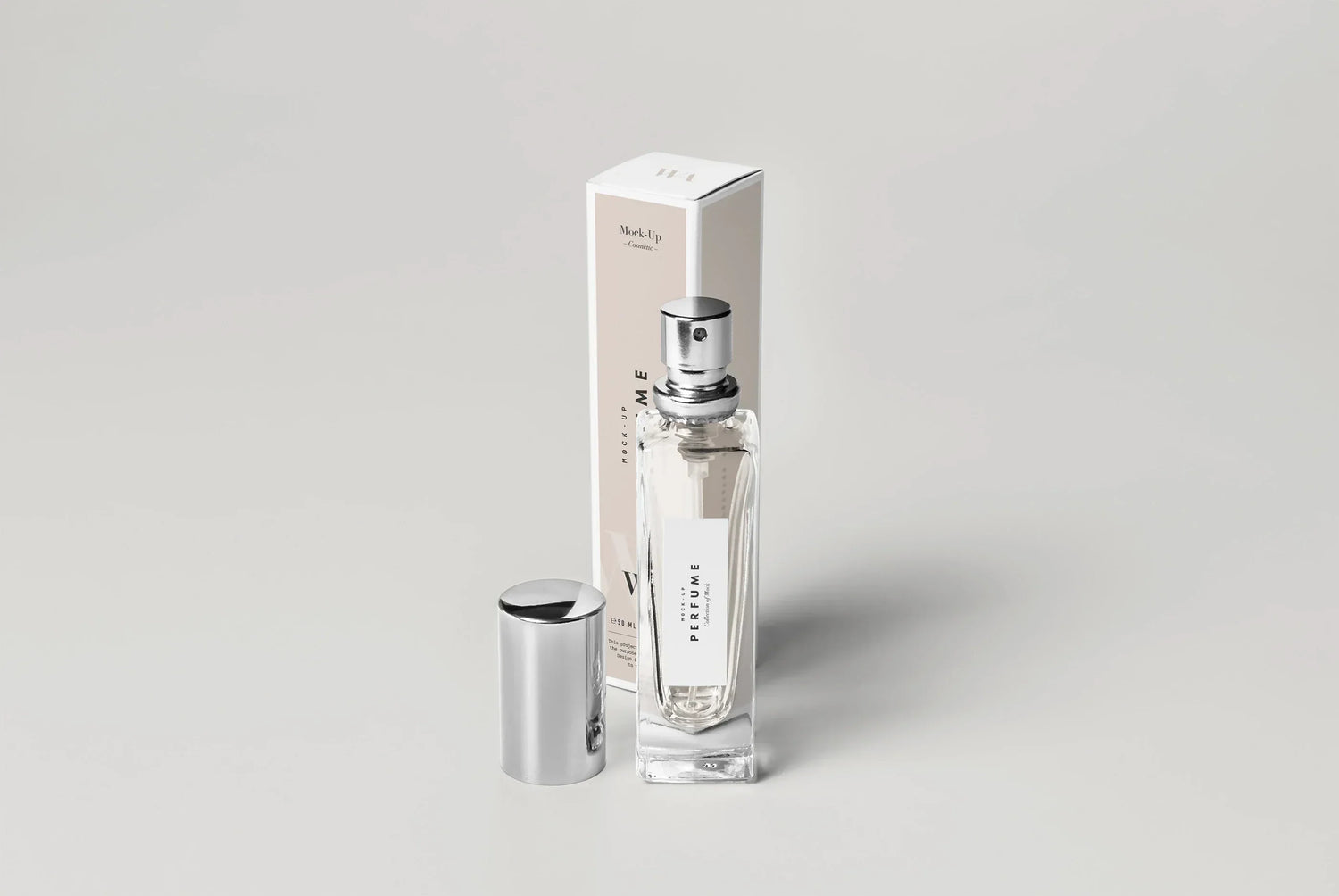
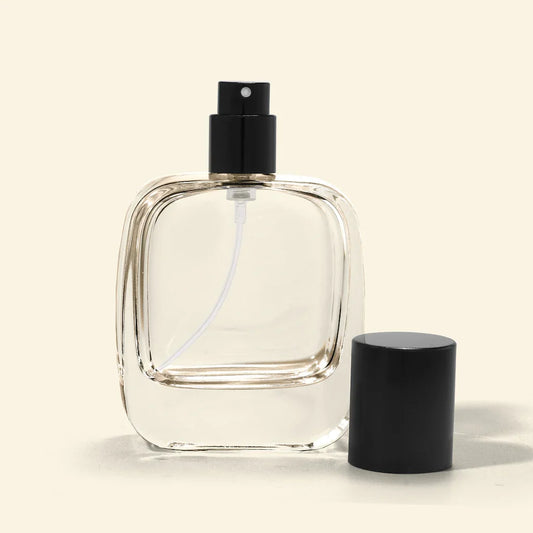
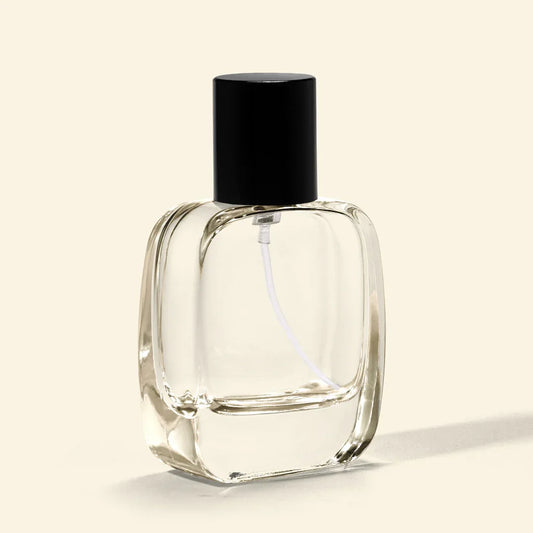
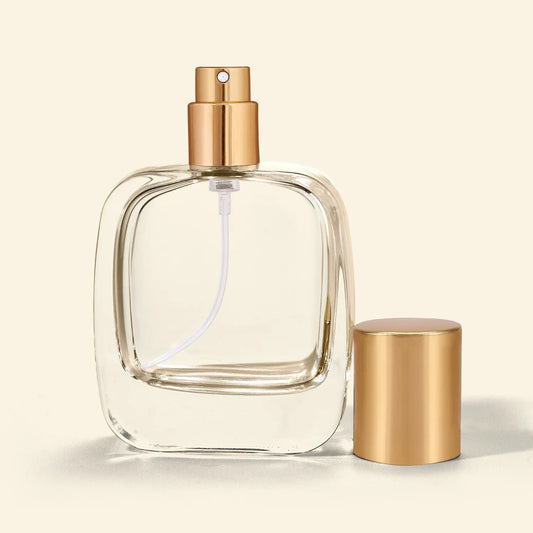
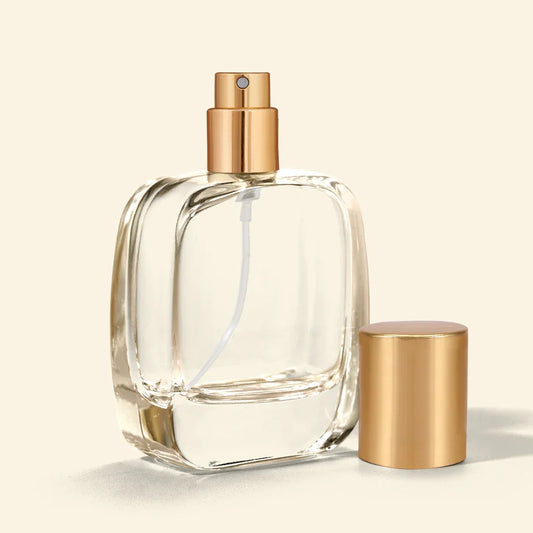
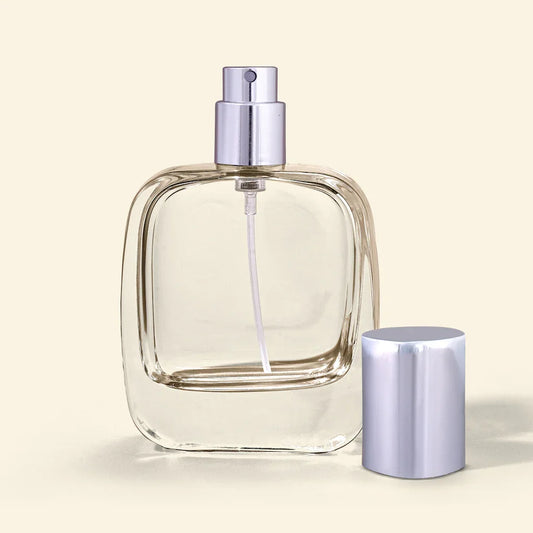
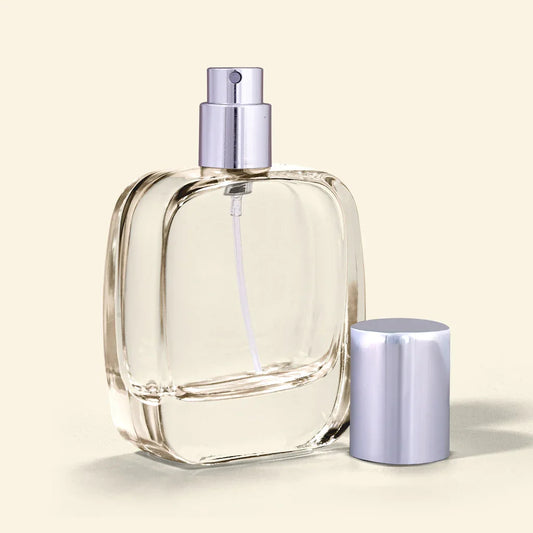
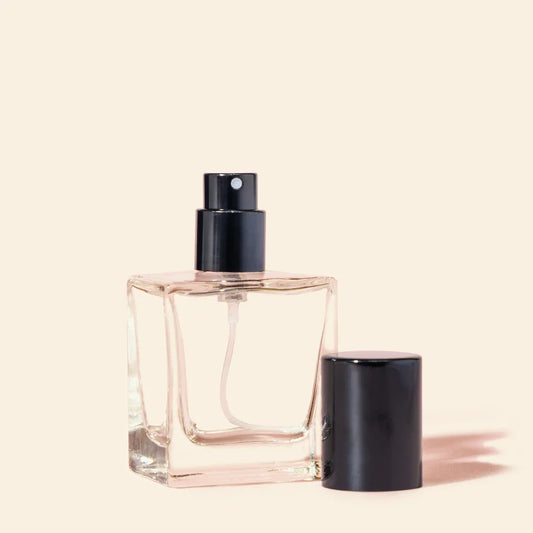
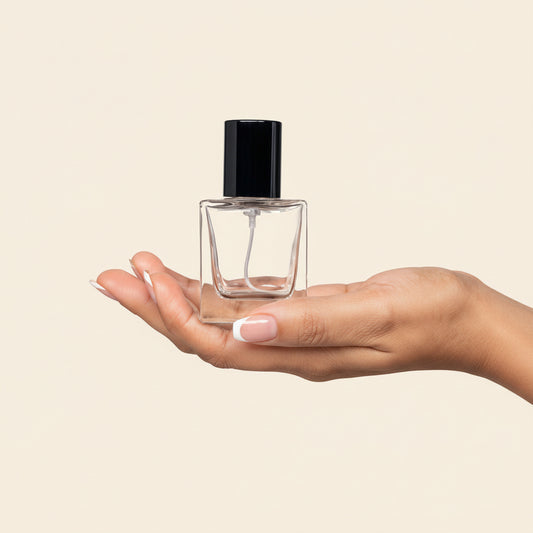
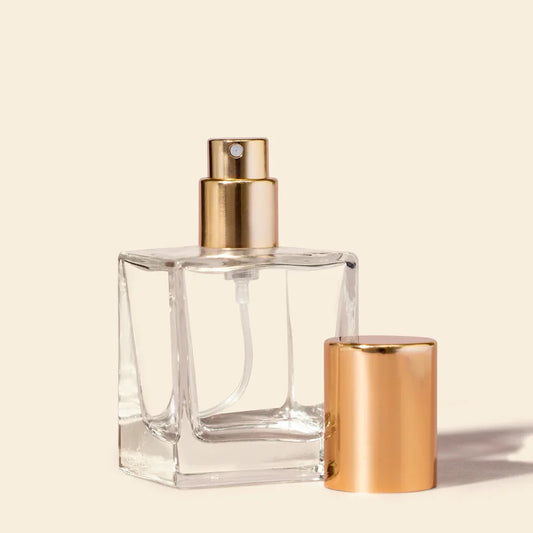
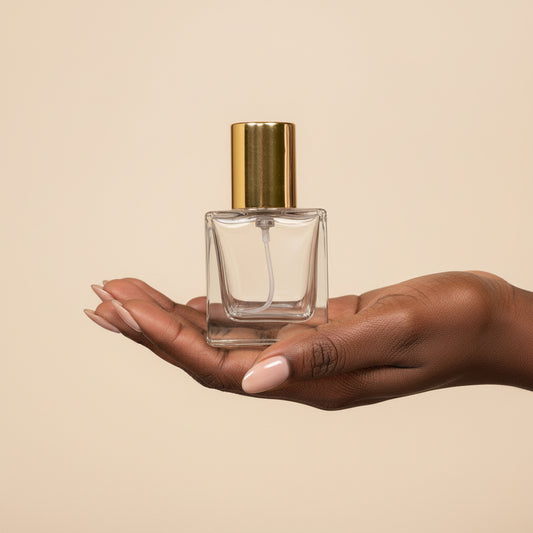
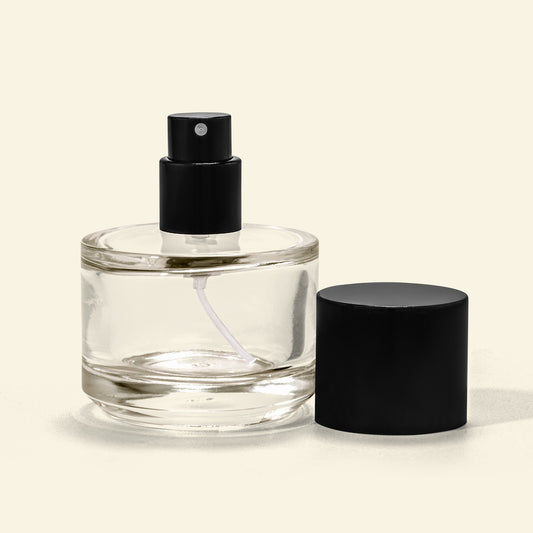
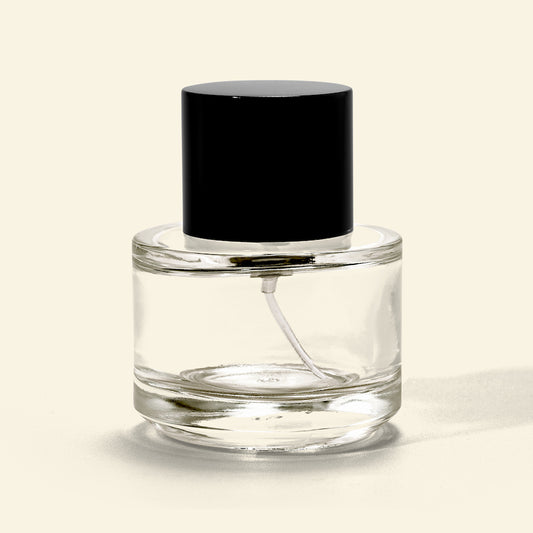
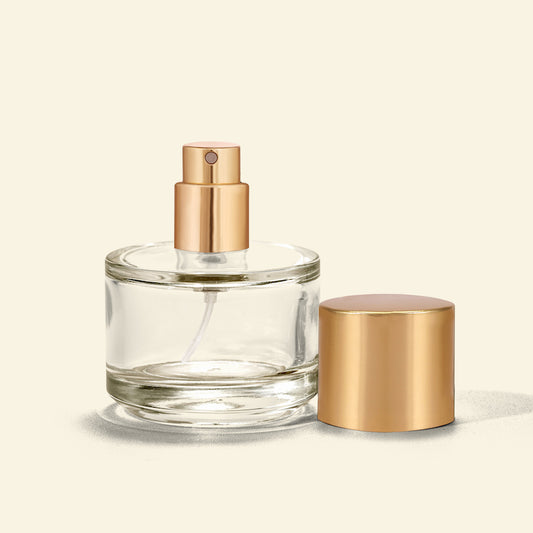
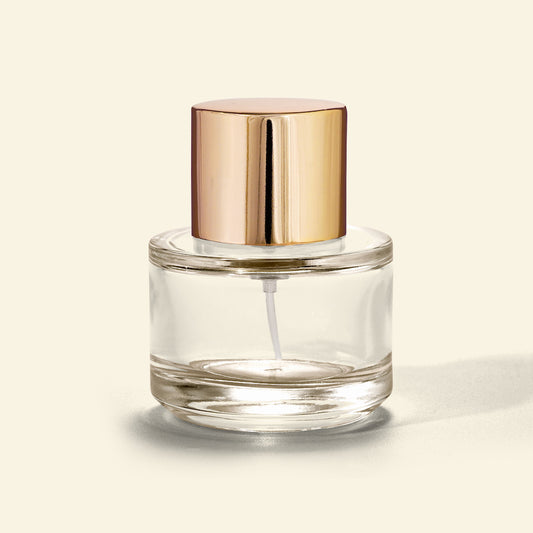
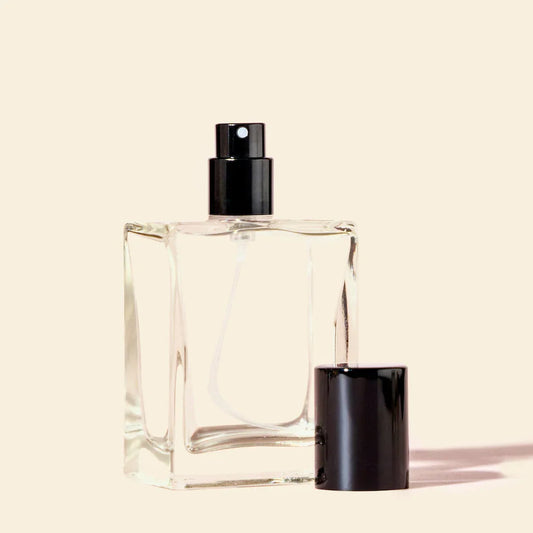
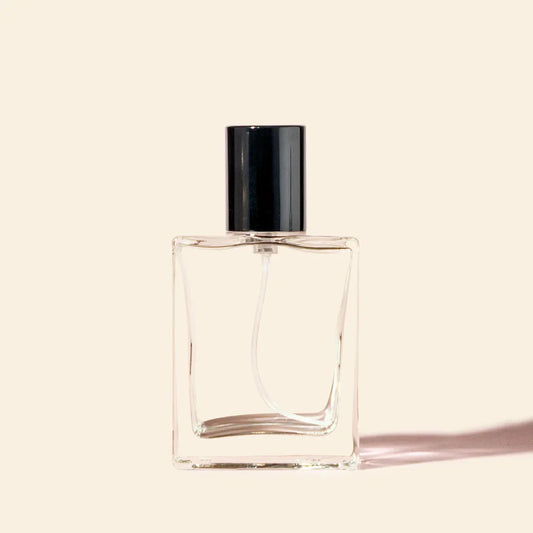
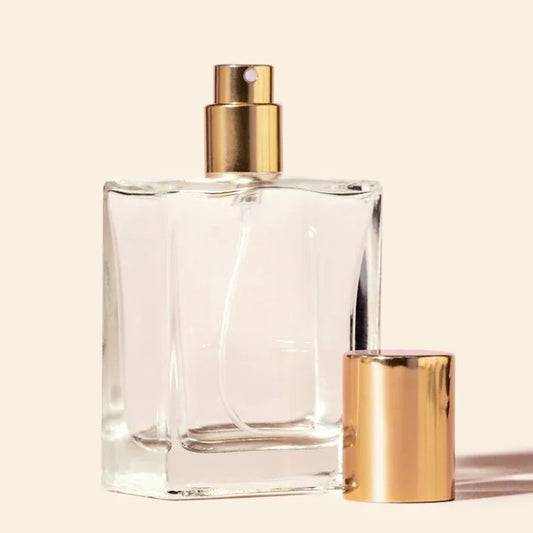
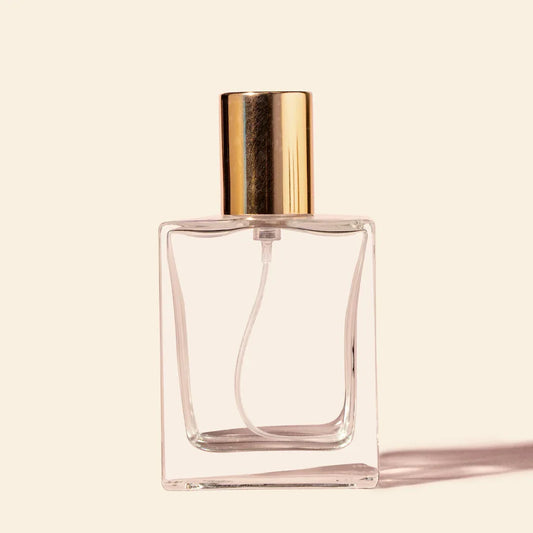
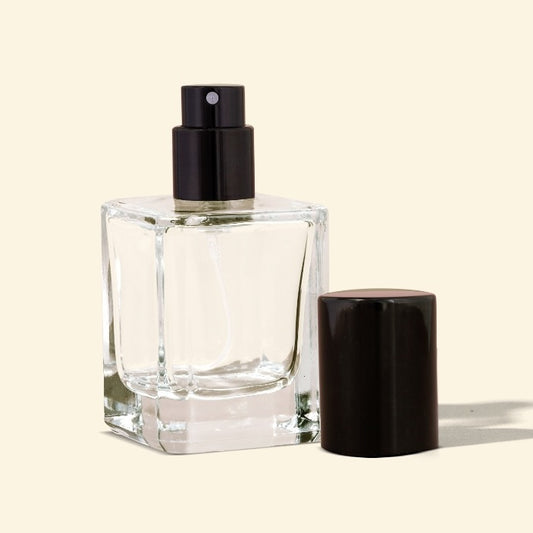

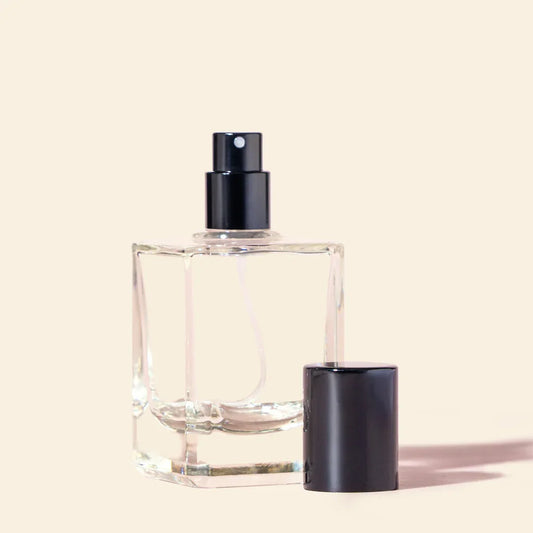
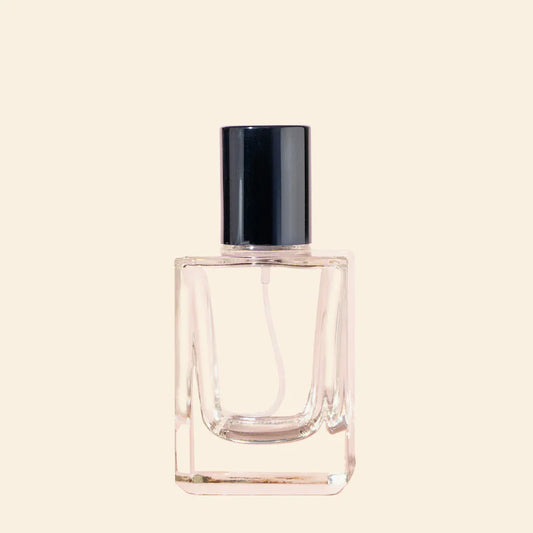
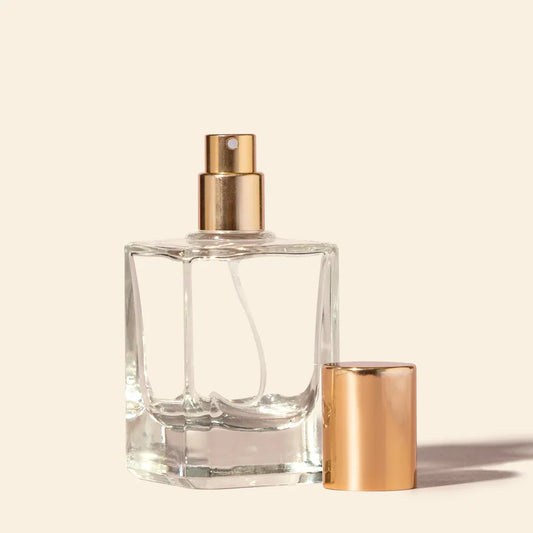
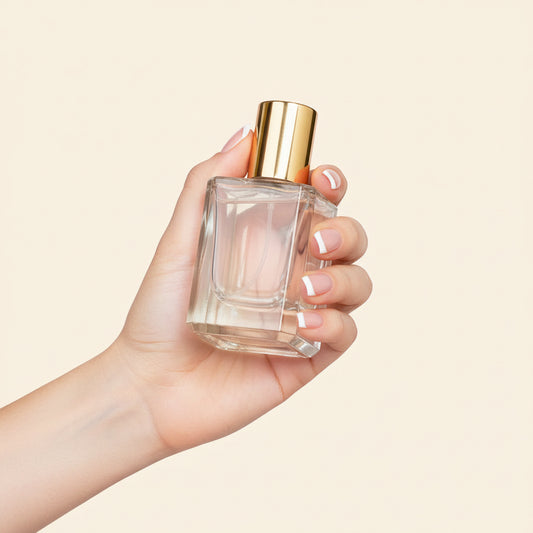
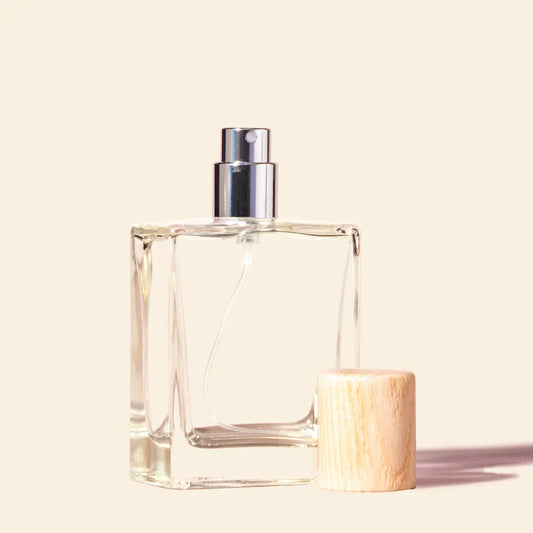
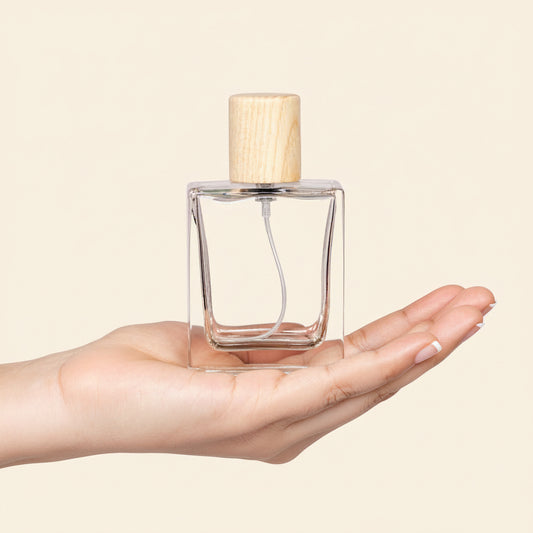
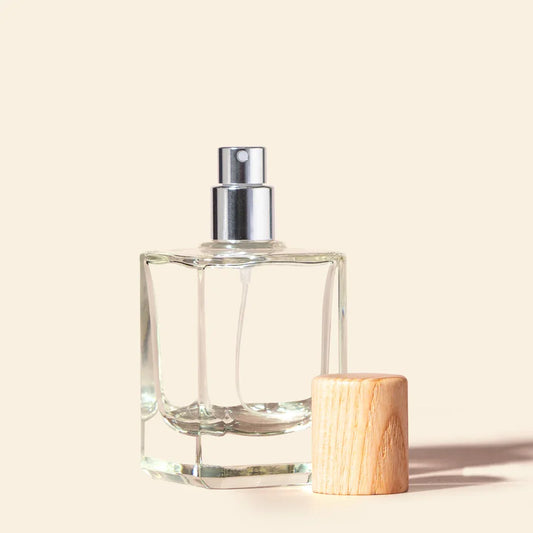
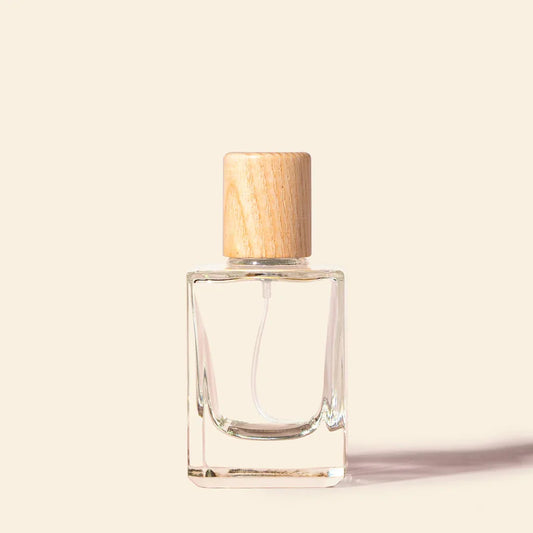
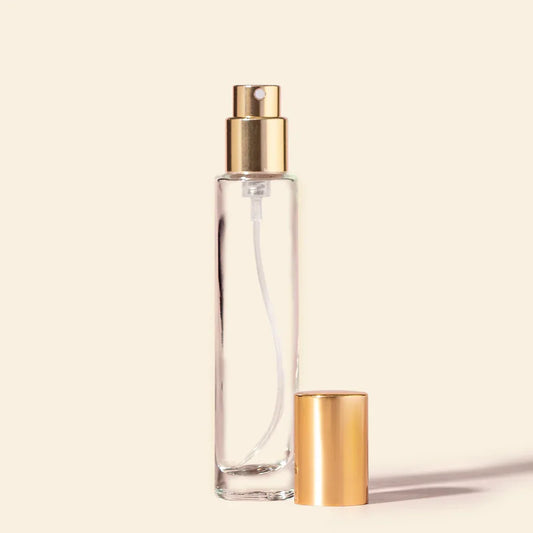
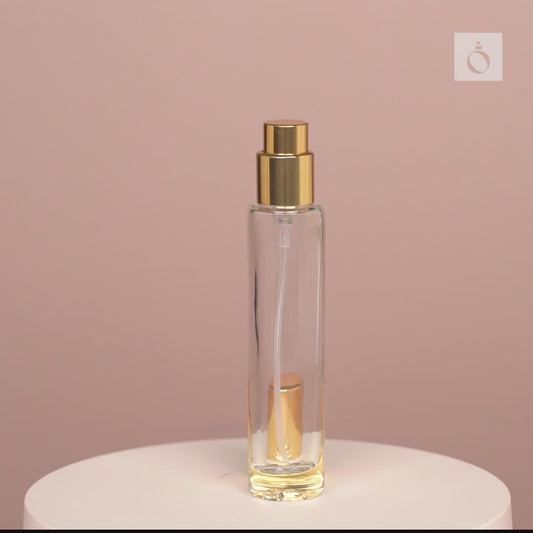
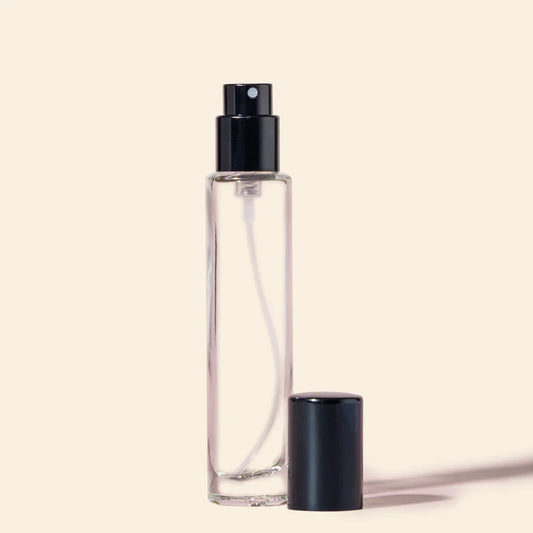
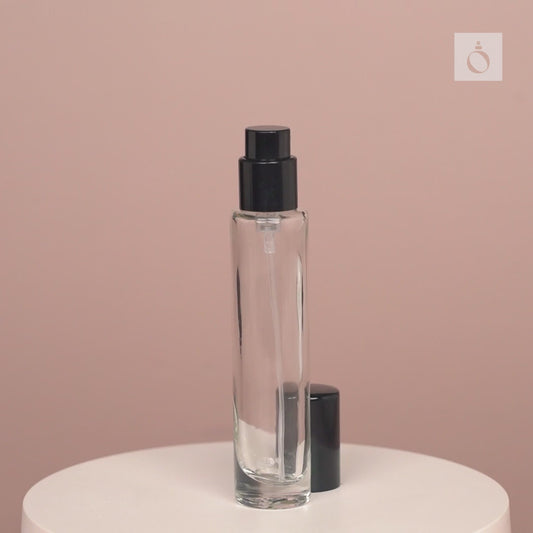
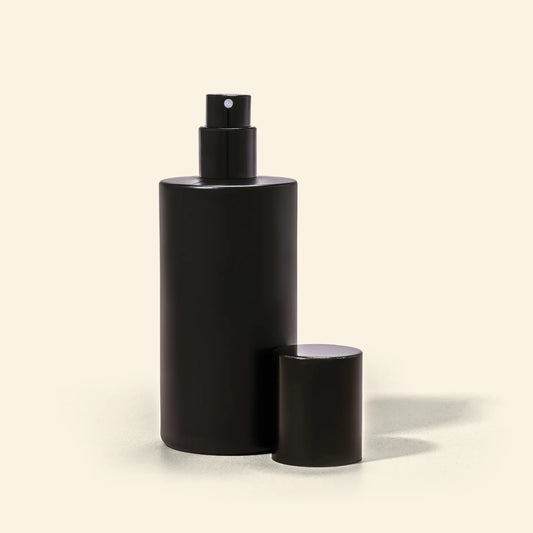
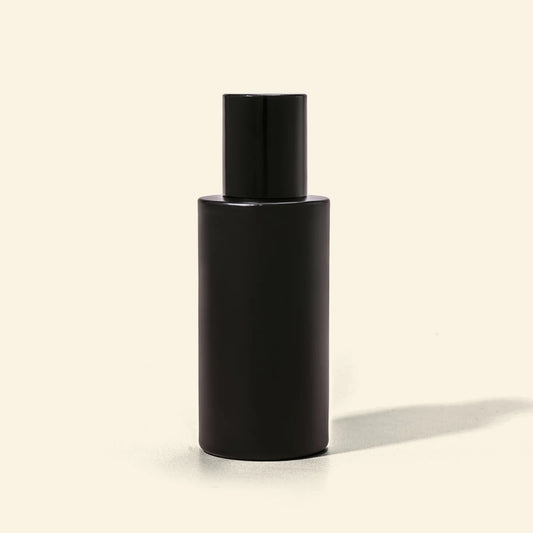
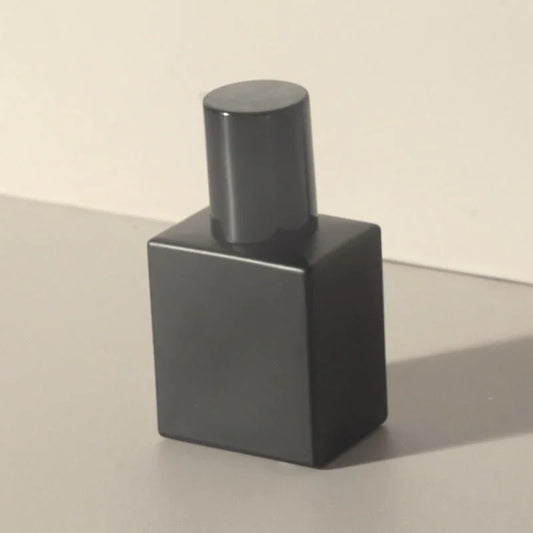
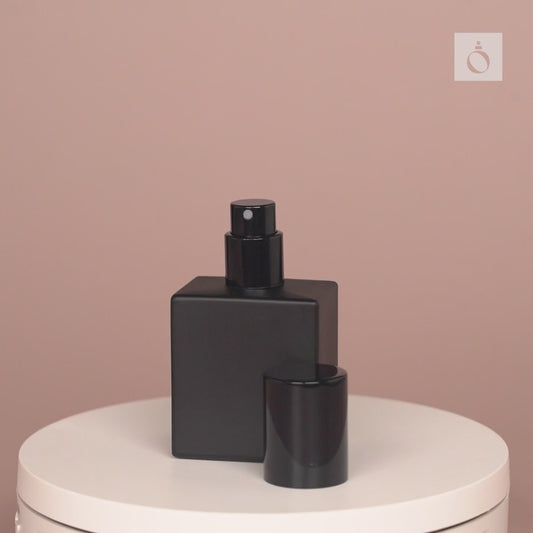
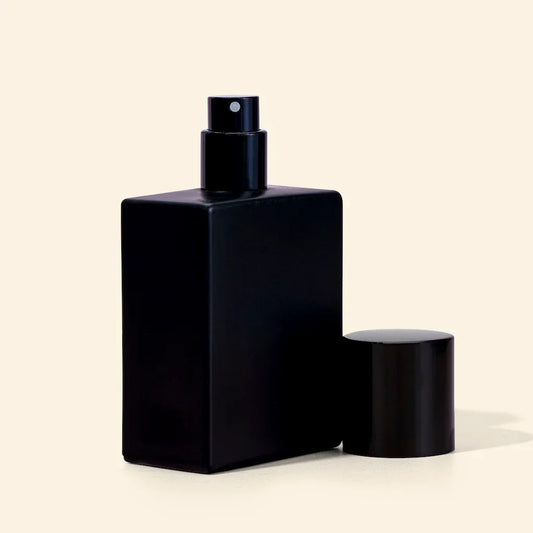
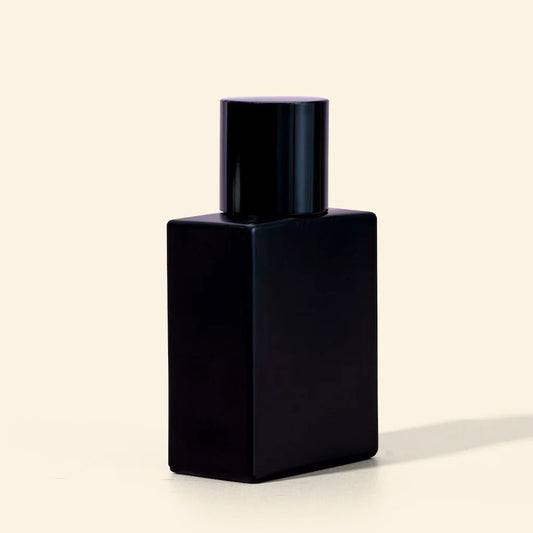
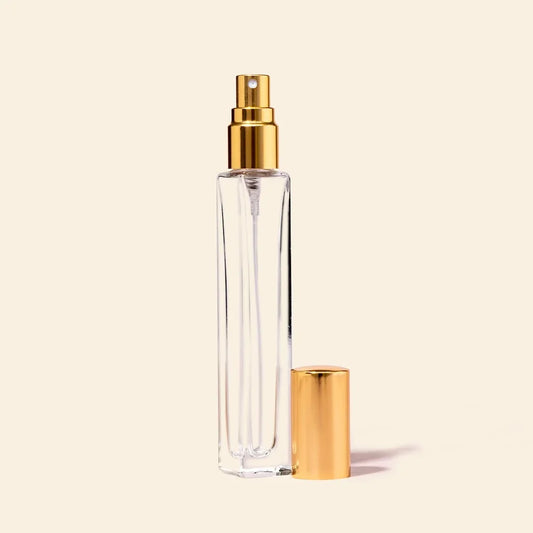
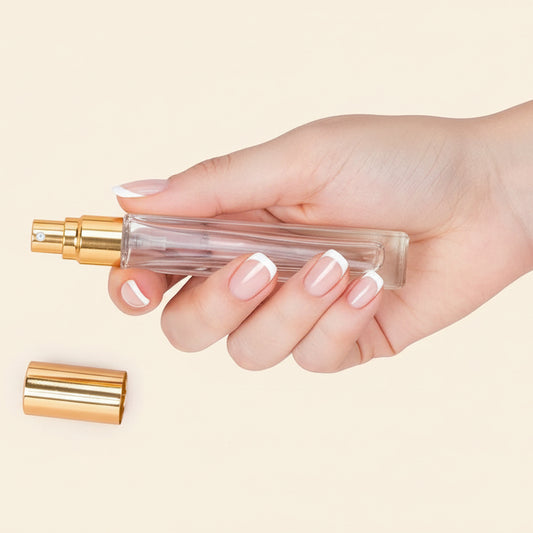
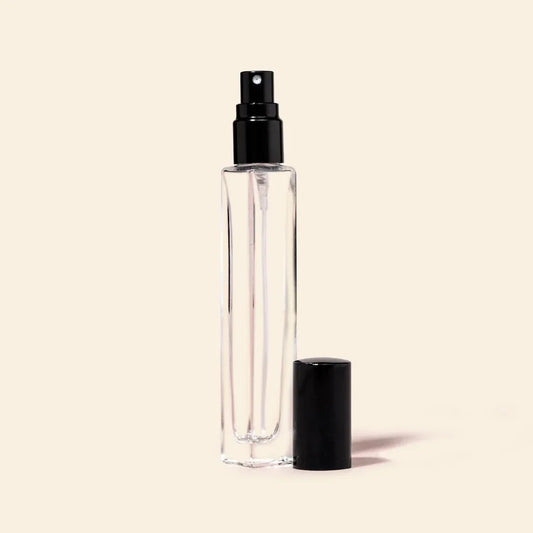
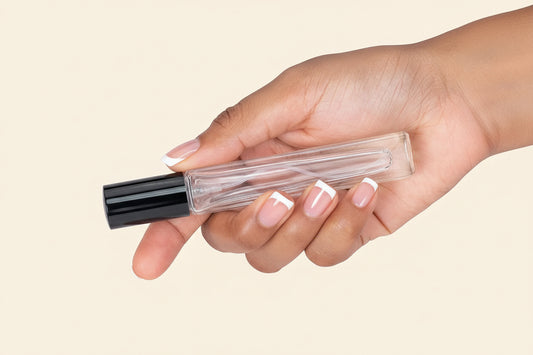
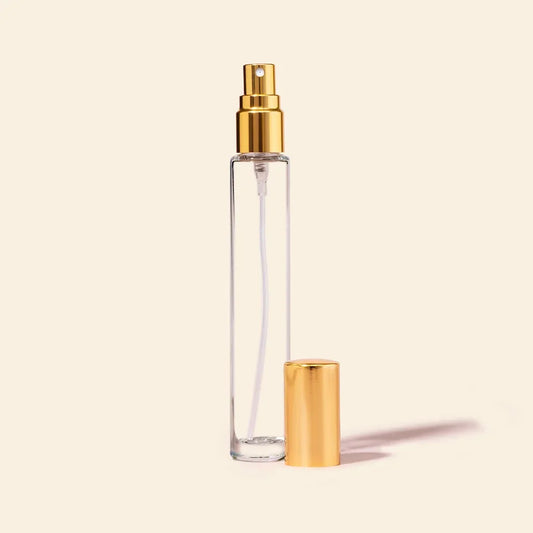
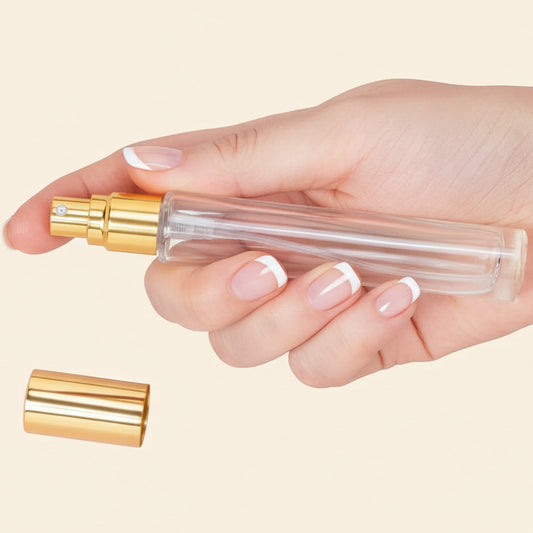
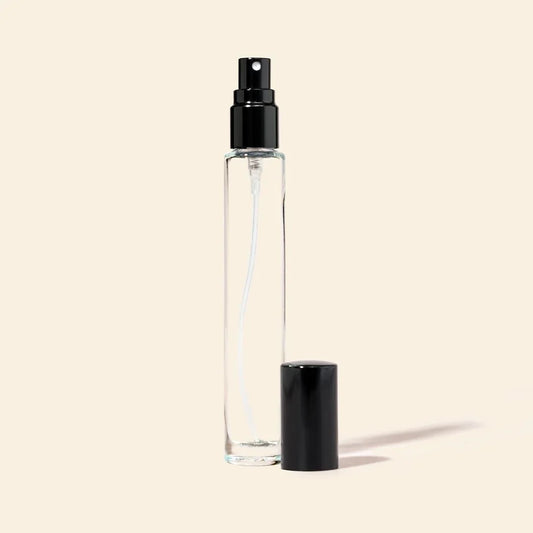
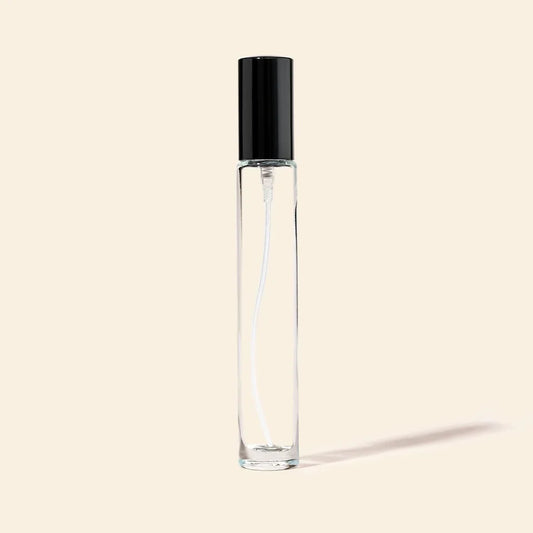
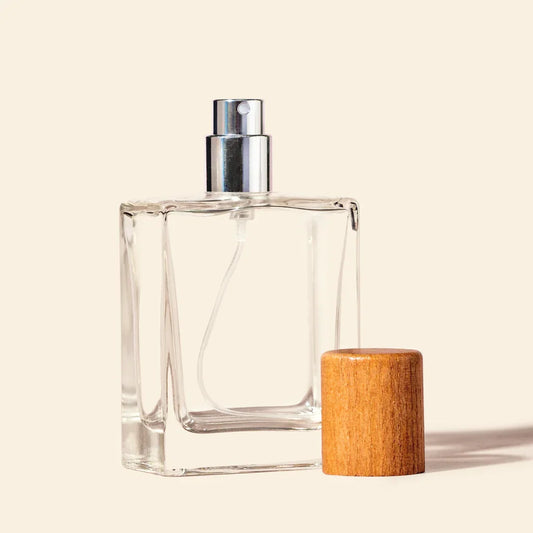
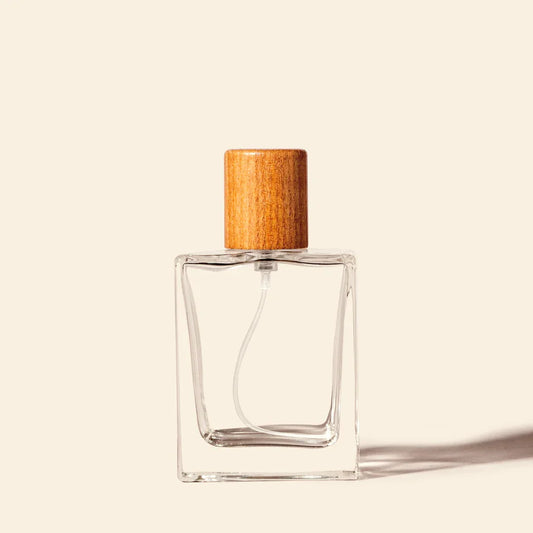
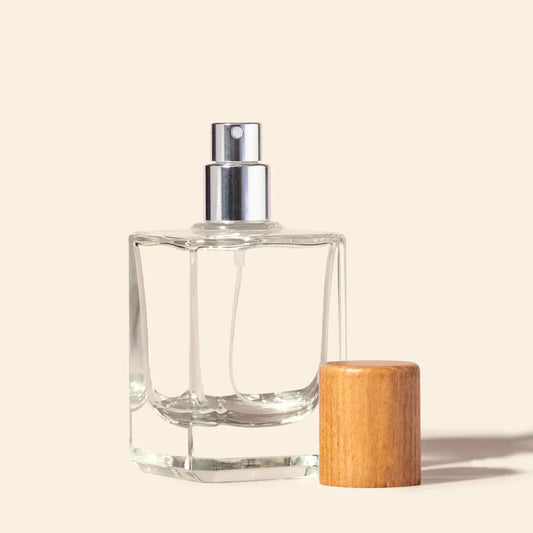
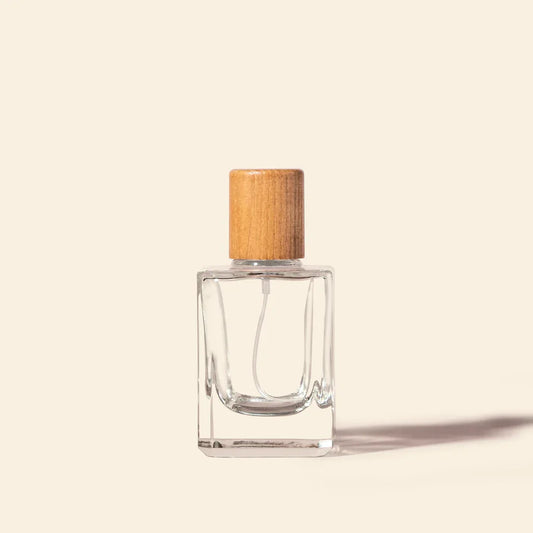
Leave a comment
Please note, comments need to be approved before they are published.